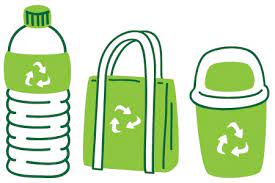State of the art of bioplastic from agro-industrial plantain residues (Musa paradisiaca), for the production of biodegradable packaging
Estado del arte de bioplástico proveniente de los residuos agroindustriales del plátano (musa paradisiaca), para la producción de envases biodegradables
Show authors biography
The drinking water service of the Quiroga parish has drawbacks, because the water they use for treatment presents risks of contamination, high levels of turbidity, which causes a long delay in the purification process. The objective of the project consisted in the capture of raw water and its conduction to the treatment plant, the place chosen for the capture is 1500 m from the Quiroga parish within the La Esperanza dam. It should be noted that the reservoirs have a system for evacuating excess water within the main wall, called filtering galleries. The variables that were measured were the hydraulic ones. Finding a flow in these galleries of approximately 10 L / s that could supply water without interruption, projecting the Quiroga parish to a future population of 2358 inhabitants projected to 20 years, the average daily flow (Qmd) was 3 L / s. The maximum daily flow (QMD) was 4.50 L / s, the maximum hourly flow (QMH) was 6 L / s. The storage volume gave us an amount of 195 m ^ 3. The flow of the source was 9.01 L / s. The catchment flow was 5.40 L / s. The flow of the conduction was 4.95 L / s. The treatment plant will be able to supply 4.95 L / s. The study includes all the capture, conduction and interconnection processes with the existing treatment plant for which the necessary hydraulic calculations based on the standards were made.
Article visits 2271 | PDF visits




